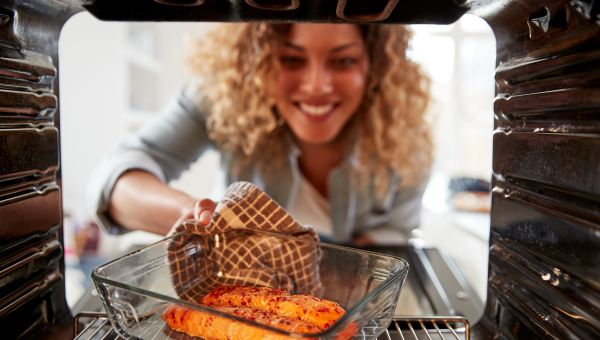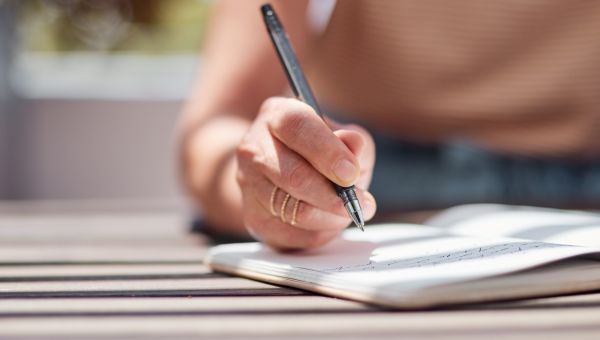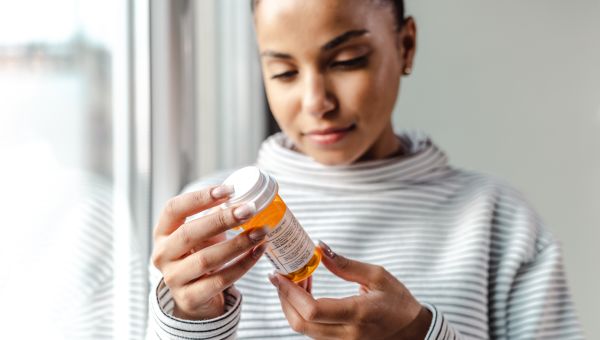5 things your family doctor wishes you would do
These simple, expert-approved health tips could save your life.
Updated on March 26, 2024

Your general practitioner's (GPs) office is your healthcare home base. Your GP has probably stood by you through everything from worrisome new symptoms, to medication changes, to hospital stays and more. It’s their job to keep track of all your conditions and every part of your body. That means they stay pretty busy, but there are some things you can do to help them take the best possible care of you.
“The thing I think all practitioners want is for their patients to be accountable for their own health,” says Robin Miller, MD, an internal medicine doctor and Sharecare Editorial Advisory Board member.
Here are five things your GP wishes you'd do.
Medically reviewed in January 2020.

Think outside of the pill bottle
“If more people took responsibility for eating healthy and exercising, there would be some very happy providers,” says Dr. Miller.
Remember: Not every cure comes in a bottle. Many health problems like prediabetes or high blood pressure can be dramatically improved or even reversed through healthy living. For example, you can halt prediabetes in its tracks with lifestyle changes like eating right and exercising. A good place to start? Cooking lean, nutritious meals at home instead of eating out and getting in more steps each day. Your GP can also offer guidance on how to fit healthy habits into your specific lifestyle.

Make an action plan
Your everyday routine is reflected in your physical and emotional health. “People need to connect how they feel with what they eat, how they exercise and what they do,” says Dr. Miller.
For example, if your doctor explains that 20 minutes after your last cigarette, your heart rate and blood pressure will start to go down, turn that knowledge into a quit smoking plan. Work with them to set realistic goals, determine a quit date and find any support services you might need.

Keep a health notebook
Your GP organizes your overall care plan, which can involve a lot of moving pieces. Each one of your medical conditions may have its own specialized doctor—and those doctors might each prescribe different tests or medicines.
“Keeping a list of your meds and doses, having a short list of your health issues and being honest and open with every one of your providers is invaluable,” says Dr. Miller.
Collect notes in one place like a notebook or a folder and bring it with you to appointments. This small step can help your GP prevent things like medication errors and repeat tests.

Don’t stop medications on your own
Medication side effects and steep prices might tempt you to cut pills in half or stop taking them all together. But messing with your medication schedule or stopping drugs "cold turkey" comes with serious potential risks like:
- Dangerous changes to your heart rate or blood pressure from stopping heart meds
- Withdrawal symptoms like joint pain and body aches if you quit steroids all of a sudden
- Mood swings or even suicide risk if you don't taper off of psychiatric medications correctly
- Risk for hospitalization
Whether you’re worried about prices, side effects or dose times that don’t fit your schedule, Dr. Miller says to always talk to your doctor first. They may be able to help you apply for financial assistance, locate a cheaper pharmacy or, if you're experiencing side effects, a med or dose change might be possible.

Ask for advice about any and everything
Don’t only talk to your GP when your symptoms are acting up or you’re having a medical crisis. Think of them as your ally and resource when it comes to wellness and disease prevention too.
“Communication, honesty and a willingness to live better are extremely important when it comes to good health and a partnership with your provider,” explains Dr. Miller.
Whether you’re trying to lose weight or you’re thinking about starting a new vitamin supplement, ask your GP their opinion. Your doctor wants you to stay well and can give you helpful disease prevention tips.
More On


video

article

slideshow


video


video
